Taming the Tuba
Embouchure
Taming the Tuba
Embouchure





























You’re making a great sound!
Click here to learn to read notes in bass clef!

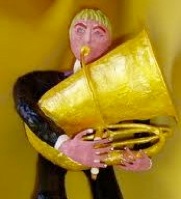











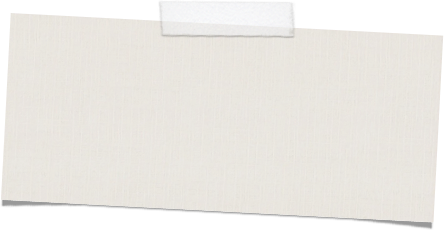
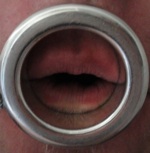
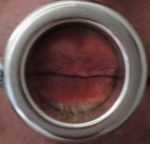
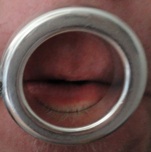
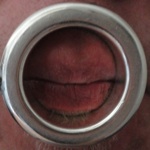


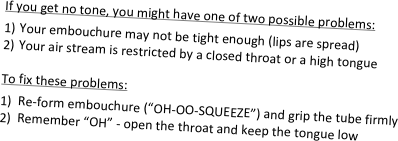
Thin, Pinched tone

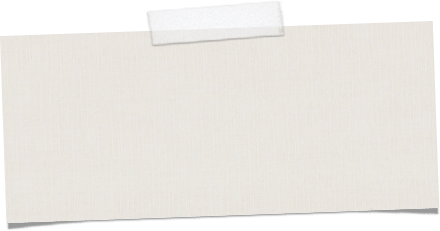

Gargled tone

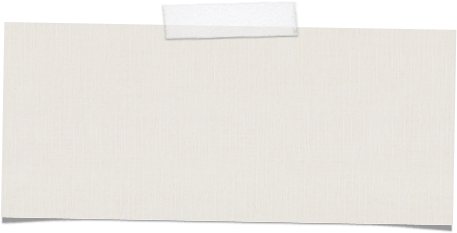
If you get a gargled sound, check for these problems:
1) Your lips might be folded over your teeth
2) Your embouchure may be too loose
To fix these problems:
1) Re-form embouchure (“OH-OO-SQUEEZE”), use a ring to check lip position
2) Grip “the tube” firmly when you form your embouchure
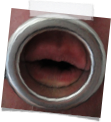
Stopped, Intense air

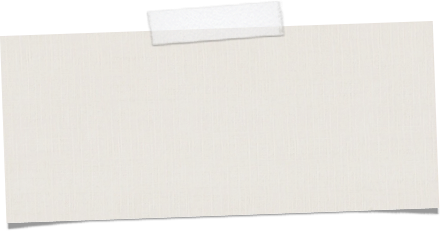

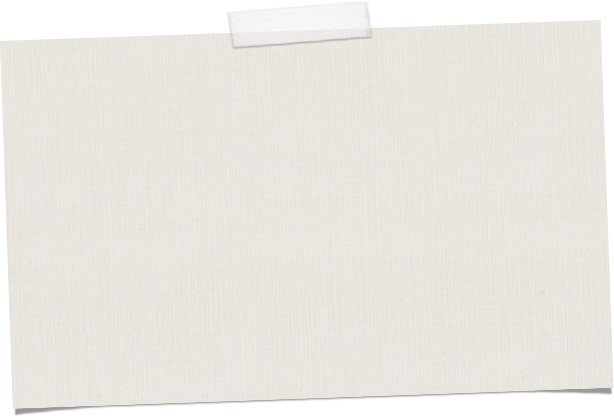
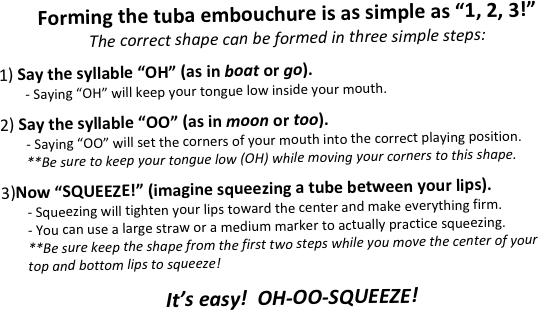

Breathing
- You must take in a lot of air to play the tuba!
- When you take a breath, think about filling up your entire core with air.
- If you breathe well, it will feel great - like a big yawn!
**Breathe deeply and fill up!
Tongue Position
- When you blow air out to make a sound on tuba, make sure you leave plenty of
room in your mouth for all of that air to come out!
- Lower your tongue flat in the bottom of your mouth.
**Remember the “OH” syllable that you used to form the embouchure!
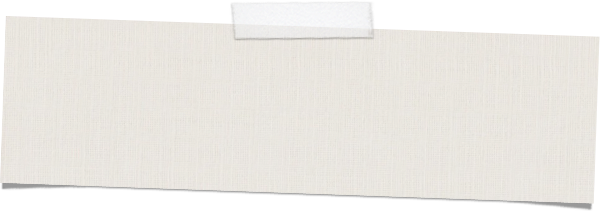





Brass embouchures are very
similar from instrument to instrument. Many of the basic characteristics are the same. Since you already play trumpet, let’s take a moment to compare and contrast the embouchures.
+ + Similarities + +
Keep the corners of your mouth firm.
You need to have a flat chin.
Your lips vibrate by using fast air.
- - Differences - -
Teeth are much farther apart.
Less pressure is needed from the mouthpiece.
The lips are much more relaxed when buzzing.